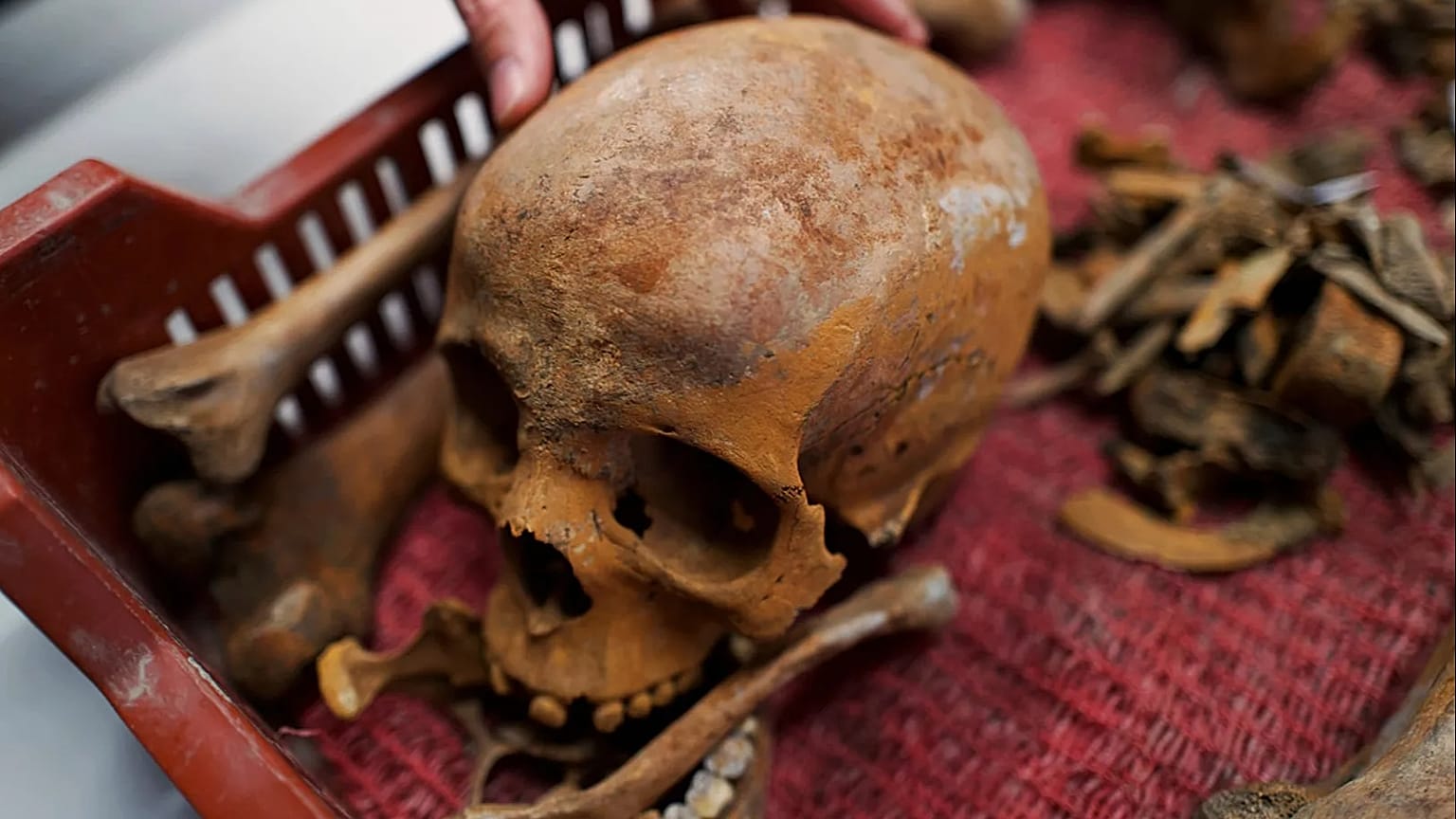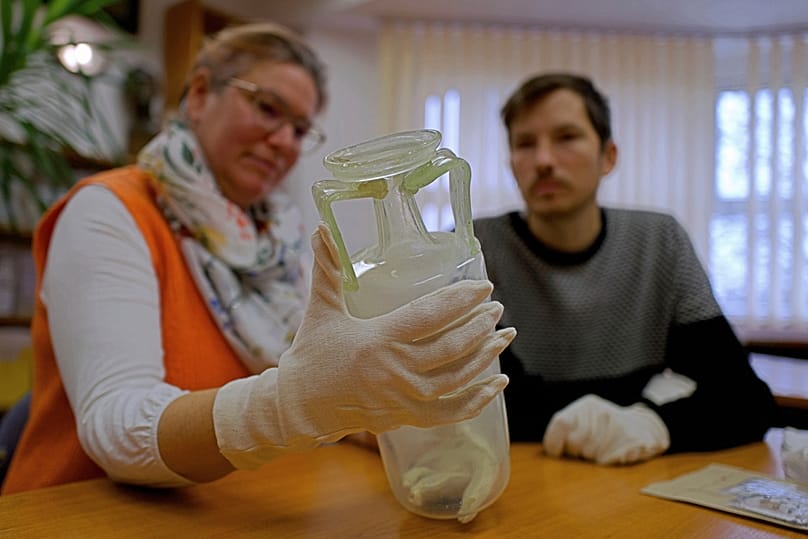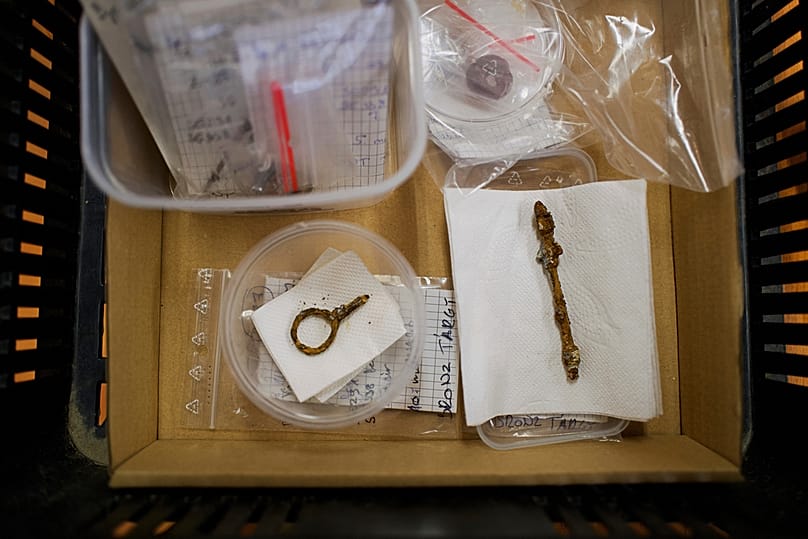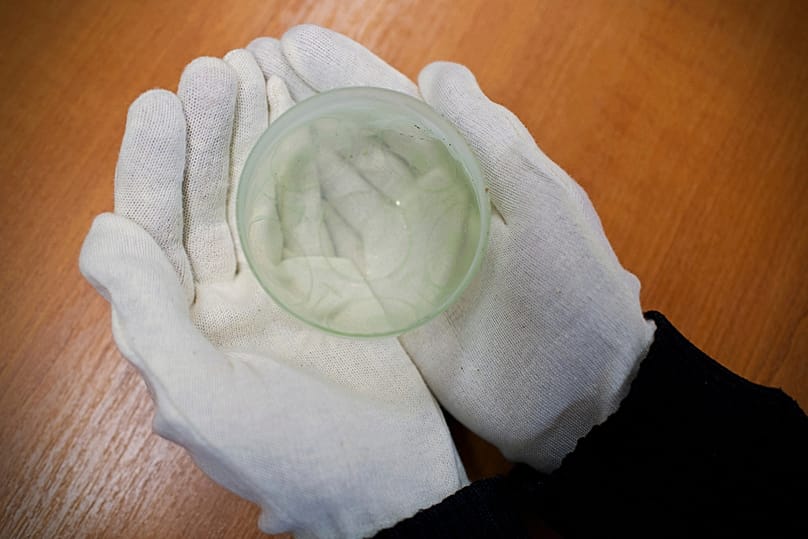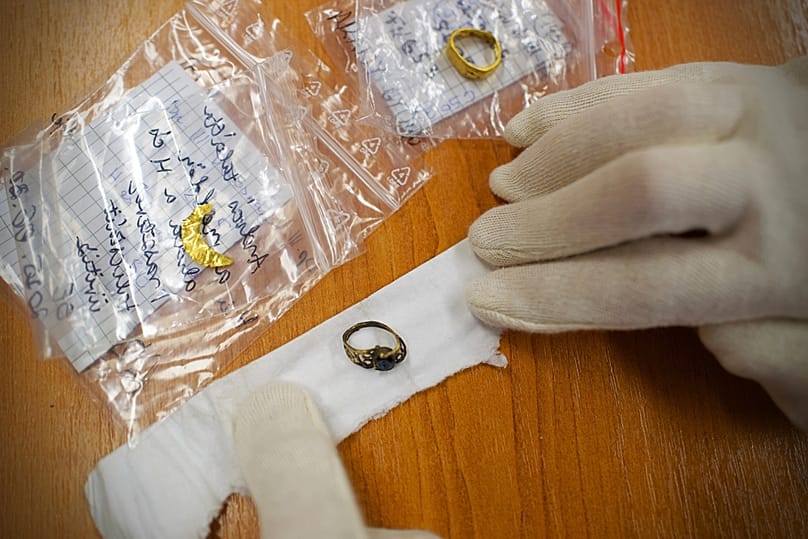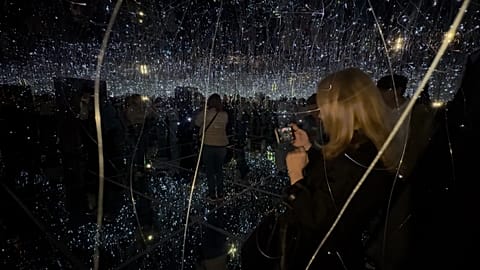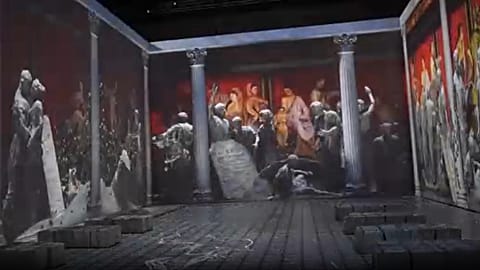The limestone coffin, sealed for nearly two millennia, contained a young woman's skeleton surrounded by treasures meant for her eternal journey.
It's not every day archaeologists get to lift the lid on a tomb that's been sealed shut for 1,700 years – but that's exactly what happened beneath the streets of Budapest, where researchers have uncovered a remarkably intact Roman sarcophagus.
The limestone coffin was discovered during excavations in Óbuda, a northern district that was once part of Aquincum, a thriving Roman settlement along the Danube. And here's the extraordinary bit: it had never been opened or disturbed since it was first sealed all those centuries ago.
"The peculiarity of the finding is that it was a hermetically sealed sarcophagus. It was not disturbed previously, so it was intact," said Gabriella Fényes, the excavation's lead archaeologist.
When the Budapest History Museum team carefully prised open the heavy stone lid –which had been secured with metal clamps and molten lead – they found a complete skeleton surrounded by a treasure trove of artefacts. Inside were two perfectly preserved glass vessels, bronze figures, and an impressive haul of 140 coins. A bone hair pin, amber jewellery, and traces of gold-threaded fabric, along with the skeleton's size, suggest the tomb belonged to a young woman.
The coffin had been placed among the ruins of abandoned houses in a quarter of Aquincum that residents had vacated in the 3rd century, which was later turned into a burial ground. Whilst archaeologists also found a Roman aqueduct and eight simpler graves nearby, none came close to matching the richness or pristine condition of this sealed tomb.
All the objects were "items given to the deceased by her relatives for her eternal journey," Fényes explained.
"The deceased was buried very carefully by her relatives. They must have really loved who they buried here," she said.
During the Roman era, much of modern-day Hungary formed part of the province of Pannonia, whose frontier ran along the Danube's right bank – less than a mile (1.6 kilometres) from where the sarcophagus was found. A legionary camp once stood nearby, guarding the empire's border, and the newly discovered structures are thought to have been part of the civilian settlement that grew up around it.
Anthropologists will now examine the young woman's remains to learn more about her age, health, and origins. But the grave's location and the abundance of artefacts already tell us quite a bit about who she might have been.
The sarcophagus and its contents "definitely make it stand out," said Gergely Kostyál, a Roman-period specialist and co-leader of the project. "This probably means that the deceased was well-to-do or of a higher social status."
"It is truly rare to find a sarcophagus like this, untouched and never used before, because in the fourth century it was common to reuse earlier sarcophagi," he added. "It is quite clear that this sarcophagus was made specifically for the deceased."
The excavation team also removed a layer of mud roughly four centimetres thick from inside the coffin, which Fényes hopes might contain even more treasures.
"I suspect we could find jewellery. We haven't found any earrings or other jewellery belonging to the woman, so I hope that these small items will turn up during the sifting of the mud," she said.
For Fényes, the discovery isn't just scientifically significant – it's deeply moving.
"I was very touched by the care and expression of love that we were able to get a glimpse of," she said. "Even now, I shudder to think how painful it must have been for the people at that time to bury this young lady."















